Past Presidents
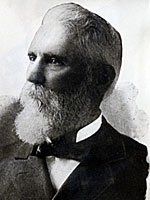
James H. Wood: Rapid City (1892-1892
Wood was a native of Missouri who moved to Nebraska and eventually settled in Rapid City where he served as mayor for a term. He ran upwards of 20,000 cattle, boasting a fishhook brand, earning his fame as a leading stockman in addition to running the National Bank of Commerce in Kansas City. Wood lobbied for public domain and reservation grazing leases at the Convention of Cattleman as a Dakota Delegate.

Harlow Alonzo Goddard: Hot Springs (1892-1896)
Goddard got his introduction to the cattle business on the Z Bell ranch of which he worked as a ranch hand in addition to holding the Sheriff position in Fall River County. During his involvement in the Fall River County association and as a member of the House, Goddard played in instrumental role in passing House Bill No. 6 also known as the “Hide Law”
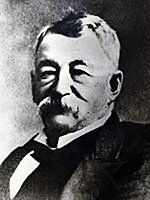
C.K Howard: Smithville (1896-1902)
Howard earned the nickname “Father of Minnehaha County” due to his extensive work for the American Fur Company and operator of the Fort Dakota Trading Post. That business along with the income from a slaughterhouse allowed Howard to enter into the cattle business from cattle he purchased from Texas trail herds. Even as a big businessman, Howard was more overly generous with his store credits and his support of farmers and ranchers in droughts is attributed to the success of livestock and crops in his area. His generosity earned him the name “Ox Heart Charley”
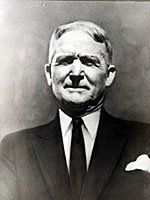
H.A. Dawson: Pine Ridge (1902-1912)
Dawson’s first large scale involvement in the association arose when the executive committee appointed three members to take charge of any “secret work” of the committee. Dawson proved an active member of the association as he served three terms as a board member before being elected vice president in 1898. In addition to his involvement in the Stockgrowers, Dawson owned a trade store on the Pine Ridge Indian Reservation which remained in his family until 1949 setting record for being the oldest reservation store to have been owned in one family.
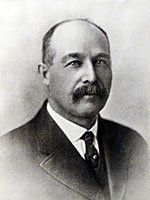
James T. Craig: Belle Fourche (1912-1930)
Craig joined the association months after arriving in America and served on the executive committee every year except those in which he was elected vice president or president. Craig helped establish the Experiment Farm in Newel and devoted his time to ranch management and stock production programs. During Craig’s term as president, the Stockgrowers association reached a state of borderline dissolution more so than any other time in the association’s history or future. Craig was the first president to die in offic
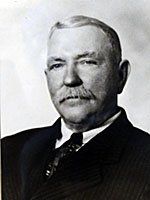
Tom Jones: Midland (1930-1941)
Jones worked under a horse trader in which he helped sell horses to the Native Americans previous to his involvement with the Stockgrowers. The money he made from dealing horses allowed him to enter into the cattle business later on. When Sheriff Floyd Short was put on trial for killing a notorious cattle rustler, Jones asked that his members support the sheriff and told an assembly “Officers of the law should be given every aid and support in carrying out their duty.

Ernest B. Ham: (1941-1943)
Ham was often thought of as a link between old time open range ranching and the newer generation of fenced in grazing land. Ham served ten years as the association’s vice president in addition to many years on the executive board before his presidency. As president, Ham vied for a new law that would broaden brand inspections to cattle sold through a ring and those shipped.
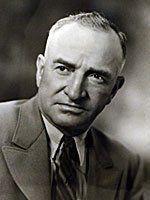
Claude E. Olson: (1943-1946)
Olson served as president of 19 local, state, and national livestock groups in addition to the Stockgrowers. He prided himself in his non-government subsidized ranch and his rugged individualistic attitude. When many stockman thought the association was no longer a definite asset to ranchers and would soon fade out, Olson envisioned an association which similar to that of a good brand, one that was burned deep and could be recognized for a long time to come.
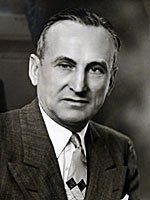
L.R. Houck: Rapid City (1946-1948)
Houck’s presidency marked the beginning of rising involvement from East River stockmen in the Stockgrowers Association. Houck’s effort to draw these ranchers into membership helped expand the Stockgrowers into a statewide association. “The Stockgrower” magazine made its début during Houck’s term helping keep Stockgrower members up to date on political issues concerning the ranchers and their livelihood.
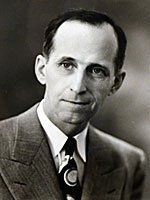
J.E. Horgan: Rapid City 91948-1950
Horgan spent the majority of his presidency ensuring the government could not extend government subsidies and price control to the beef industry. During his presidency, the government pushed to regimen the entire beef industry, including food rationing and price controls. However, Horgan would not accept such restriction and went on record stating his opinion of such actions.
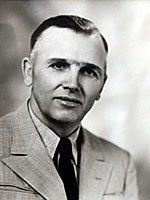
John E. Sutton: Agar (1950-1952)
The Sutton ranch was known for its diverse livestock as Sutton ran multicolored cattle along with several breeds of horse and even buffalo. When Sutton was elected into presidency in 1950, the Korean conflict broke out sparking new issues for the Stockgrowers. The Defense Production Act would give the U.S. President control over wages and prices, including the beef industry which the Stockgrowers fought adamantly against.
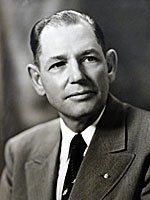
Ralph Jones: (1952-1954)
Son of the previous president Tom Jones, Ralph followed in his father’s footsteps to presidency. Public land issues dominated his time in office, and Jones was concerned with the recent jump of government controlled lands from 394 million acres in 1937 to 460 million in 1952. The Stockgrowers association argued the beef industry was growing and the public lands were detracting from grazing lands.
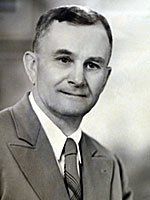
Harry Blair: Sturgis (1954-1956)
Blair made the decision during his presidency to place a lobbyist in Pierre to watch over legislation that was both adverse and beneficial to Stockgrower members’ interests. The association, with the help of the CowBelles, went to great lengths to promote the beef industry to help boost demand. The Stockgrowers also vied to pass an amendment to the Packers and Stock Yards Act which would call for the inspection of livestock from outside states and certain cattle from within the state.
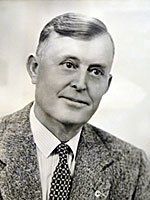
Walter C. Taylor: Belle Fourche (1956-1957)
The Stockgrower headquarters in Rapid City, SD began under Taylor’s presidency. Taylor added the “Wagon Boss” column to the Stockgrowers’ magazine after directors and members encouraged such action. The Stockgrowers also accomplished passing the needed amendments to transfer authority from the State Board of Equalization to the “grass roots” county boards.
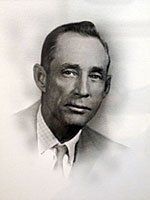
Louis Beckwith: Kadoka (1957-1959)
Beckwith’s presidency could be characterized by a multitude of strongly controversial political disagreements between the Stockgrowers and several organizations. The association supported voluntary check-offs for beef promotion and, upon the proposal of the Interstate highway, vied for compensation for lost land where the interstate would cut through grazing and farm lands.
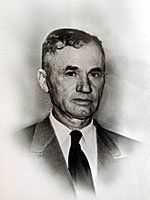
Lee Brown: La Plant (1959)
Lee Brown: La Plant (1959)
Brown was elected into office at the 67th annual convention, but just prior to the quarterly meeting fell ill. He was checked into the Gettysburg Hospital, and passed away on the opening day of the meeting. Vice President Walter Crago succeeded him.
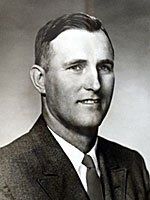
Walter Crago: Belle Fourche (1959-1962)
The association decided to create a film about the state’s cattle industry to improve the public’s perception of the livestock industry. A group insurance policy for members was also proposed and set up through the Atlas Life Insurance Co. The Stockman of the Year competition was instated, and the association’s support of the Ekberg tax case was announced.
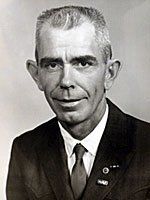
Merton Glover: Porcupine (1962-1964)
During Glover’s presidency, the association became increasingly concerned with the high rate at which beef products were being imported into the country. U.S. raised beef was depreciating, and the association was concerned with how this would effect the industry as a whole. The very first lease of the Pine Ridge Indian Reservation was issued to the Newcastle Land and Livestock Company.

Rodney Larson: Belle Fourche (1964-1966)
Rodney Larson’s family emigrated from Denmark to South Dakota in 1876, drawn by gold strikes. After serving in WWII, Rodney returned home and served as the Stockgrowers’ Pierre lobbyist. Later he was elected the first Stockgrowers president at the seventy second annual Stockgrowers Convention in Deadwood, South Dakota. Under Rodney’s leadership, the Stockgrowers Association drew attention to the over lenient sentencing of cattle rustlers and encouraged members to study past rulings before voting for court judges.
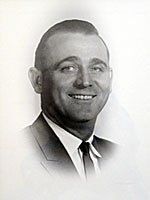
Tom Costello: Piedmont (1966-1968)
Costello was the youngest president in the association’s history at 35 years old when he was elected. A large cattle rustling case ring was apprehended shortly after he took office, and 19 convictions in several states were issued. A program promoting feeder cattle was also introduced and a series of three bills were passed through the Legislature to update brand laws. Trespassing laws were passed through congress allowing landowners to post private property signs at the gates instead of every quarter mile.
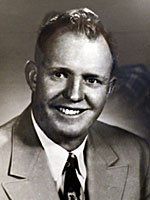
Walter Bones: Parker (1968-1970)
Bones strongly opposed the Initiated Law Number One during his presidency, and the Stockgrowers adopted a position advocating that revenue from income tax be returned to the local taxing district. After his presidency, Bones was elected into the State Senate and served on the Governor’s Special Committee on Tax Reform and Cost Effectiveness.
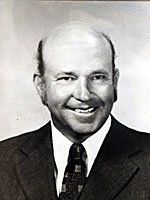
Tom Landers: Hot Springs (1970-1972)
Landers ran for office, because he saw a need to eliminate double brand inspections for South Dakota, Nebraska boarder ranchers. Landers pushed a Shippers’ Agreement system through the state congress allowing one brand inspection for cattle to be acceptable. Landers also battled for realistic tax evaluations for livestock as this issue was attracting more concern from Stockgrowers. Landers also worked to improve the state water pollution law while in office.
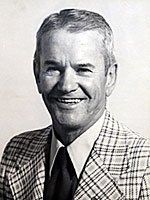
John Glaus: Chamberlin (1972-1974)
Glaus vied for a bill requiring hunters to validate their licenses with landowners. The association defeated two bills imposing price ceilings on the beef industry. Twelve new membership districts were created by splitting existing districts and adding two east river.
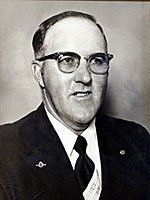
Vincent Crago: Spearfish (1974-1976)
Crago was an instrumental in starting the South Dakota public Lands Council. During Crago’s term, the association faced consumer resistance against beef prices, and ranchers and sale bards were asked to deduct from their costs in order to lower prices and boost consumer interest. The State Brand Board terminated a seven year contract with the association for budgeting reasons. The legislature passed bills lowering cattle and sheep taxes in addition to gas refunds for agriculture.
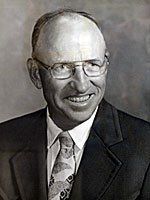
John R. Olson: Ludlow (1976-1978)
Olson’s administration developed a phone line allowing members to stay current on legislative issues. A bill repealing the “per head, per day” tax was passed through congress, and the association’s members faced a scabies outbreak
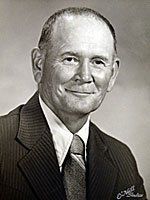
Wallace DeVries: Belvidere: (1978-1980)
Devise’s presidency began with the federal government expanding foreign beef imports and issuing a forty percent cut on meals containing beef at federal functions. The association also backed a bill requiring public schools to teach a free enterprise economic course to students. The Stockgrowers adopted a policy in favor of prairie dog control. A bill repealing the Open Range Law was passed through congress too.
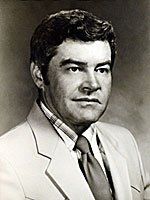
Leo Ham: Rapid City (1980-1982)
The Meat Import Law was changed in this residency and a formula for determining the acceptable quota for imported beef was put into effect allowing for more importing when domestic reduction was low and less when domestic production was high. A weekly Legislative Alert newsletter was developed as legislative activity became more and more pressing, and, when protests against a newly issued rule requiring brand inspections upon change of ownership began, the Stockgrowers sorted the rule.

Picture coming soon - Ralph Jones: (1982-1984)
Under Jones’ administration, the Stockgrowers adopted a resolution urging the government to cut off government aid and subsidies to those who plowed u usable grasslands. A legislative redistricting resulted in a thirty percent turnover in its makeup which the Stockgrowers believed to be in their best interest.
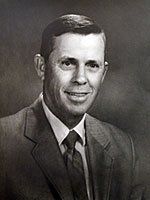
Roger Husted: Herrold (1984-1986)
At the time Husted took office, the State Brand Board entered into controversy over the Stockgrowers’ financial submissions; however, this matter was soon resolved. Husted became increasingly concerned with the Farm Bill passing through Congress and believed the Stockgrowers needed to become involved to protect their interests. Police powers granted to two Stockgrowers employed investigators were withdrawn and given to the State Brand Board.
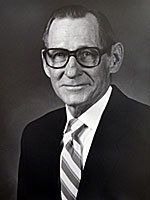
Odeen Rasmussen: Belvidere (1986-1988)
Rasmussen participated in the Chicago Mercantile Exchange in which he attended sessions about various livestock industry areas. Rasmussen stated he felt the most prominent issues of his residency were rural credit and cattle futures, and during his administration he strove to remedy these situations. The representative of the state brand board allowed on the Stockgrowers board was limited to a single member to lessen conflicts of interest.
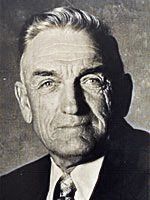
Ken Halligan: Draper (1988-1990)
Upon taking office, Halligan faced forty eight thousand dollar shortfall in the budget, so the State Brand Board was asked to raise its fees to help compensate for this. The Stockgrowers faced several issues with the federal government during Halligan’s administration, the objected to the increase of public ownership on land and sorted com for ranchers who faced the state taking over old railroad beds and changing them into public recreation use.
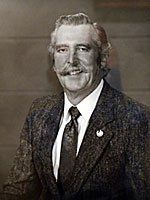
Bill Gallagher: Stephen (1990-1992)
Gallagher first faced a potential issue with the State Brand Board when the SD Attorney General’s office investigated the association, and the Board made clear they were questioning the Stockgrowers leadership. However, nothing came of the investigation. During the legislative sessions, the Stockgrowers sorted bills amending ownership inspection laws and animal abuse and cruelty laws in addition to funding for the SDSU Animal Disease and Diagnostic Lab.
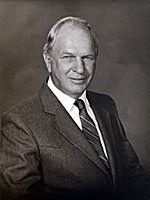
Delbert Fisher: Grenville (1992-1994)
A change in the Stockgrowers bylaws allowed for a new category of members, the non-voting associate member, which was reserved for firms or people who owned no livestock. Dues were also raised five dollars bringing them to a total of twenty five dollars. The Stockgrowers’ magazine was also designated as the official publication of the Stockgrowers. An agricultural breakthrough was made when resident Bush signed a bill deeming breaking and entering offenses on farms, ranches and animal research facilities a federal offense.
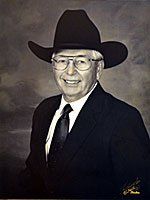
Bob Johnson: Porcupine (1994-1996)
The Stockgrowers’ mission while Johnson was resident was to further involve their members in economic political and social interests, and better the cattle industry. The association dedicated much effort to fighting Rangeland Reform ‘9 and even included postcards in their magazine for their members to mail to congress oozing the reduction of cattle numbers and increase of grazing fees on public lands.
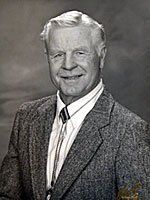
Duanne Slaathaugh: Fort Pierre (1996-1997
Slathaug laced four area vice presidents on the membership committee in order to boost their membership numbers. The Rangeland Reform resolutions were deemed unconstitutional by a judge in Wyoming which was a huge success for the cattlemen. The association created eight one thousand dollar scholarships available to those going into cattle related professions.
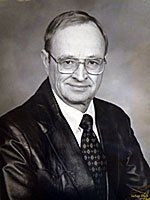
Ron Bieber: Leola (1997-1998)
Bieber was only the seventh East River resident ever elected in the Stockgrowers. The association pledged one thousand dollars to help the inspection inequities lawsuit against the poultry industry. A Membership Recruiting Incentive program was initiated with prizes for to recruiting members. A resolution oozing the DM and E railroad expansion through emanate domain was issued by the Stockgrowers.
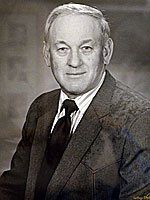
Bart Blum Reliance (1998-2000)
Blum participated in a conference call including directors from various states attempting to approve a rule preventing Mexican feeder cattle from entering South Dakota. The Stockgrowers also issued a one thousand dollar donation to the R-CALF program. The association vigorously fought proposal to lace the black tailed prairie dog on the endangered species list when the animals posed such an ongoing problem for many members.
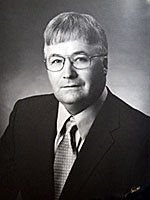
Bill Hutchinson: White River (2001-2003)
Need history copy
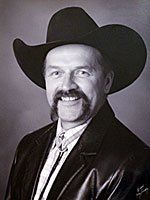
Ken Knuppe: Buffalo Gap (2003-2005)
Ken Knuppe served as the president of the South Dakota Stockgrowers Association from 2003 to 2005.Under Knuppe’s leadership, the state amended its management plan for the black tailed prairie dog and agreed to survey the state to determine how many acres were actually infested with prairie dogs. In addition, a prairie dog control plan was implemented. Knuppe and the board helped renegotiate a brand inspection program contract with a hostile brand board.
Country of Origin Labeling for beef was implemented in 2003. The South Dakota Stockgrowers and Knuppe as an individual spent a significant amount of time and resources to ensure this bill’s passage.
When BSE was discovered in a Canadian cow right before Christmas, Knuppe and the organization spoke on behalf of South Dakota’s producers to help bureaucrats make decisions such as temporarily closing the border to Canadian beef.
Additionally, Knuppe and others in leadership helped and encouraged several groups of ranchers in surrounding states to establish new cattle organizations including the Independent Cattlemen of Nebraska. These organizations eventually became affiliated with R-CALF USA.
As a leader, Knuppe believed that leaders do their best work when they encourage and support the members of their organization. When members would approach him with questions, ideas or suggestions, he would listen, ask questions and often ask them to gather more information and present their findings to a committee. He would often appoint that member to a committee.
Much of Knuppe’s success in growing the organization and advancing political actions was because he believed in his members, trusted that their concerns were valid, and deserved his time and attention.
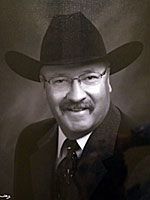
Rick Fox (2005-2007)
Rick Fox wore many hats with the SDSGA. During his tenure as President, the most prevelant was the final years that the Stockgrowers operated the Brand Program. During his term he as well as the membership, chief inspector, executive director, and BOD were very active in the Stockgrower brand inspection contract renewal discussions with a majority of a hostile Brand Board that was appointed by Mike Rounds. A new contract with a guaranteed profit (implementation fee) for the Stockgrowers was adopted by both boards. As President, Fox testified at a US House of Representatives committee at Wall, SD concerning cattle marketing issues at the request of Rep. Stephanie Herseth.
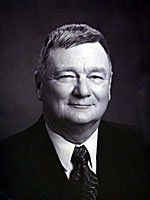
Larry Nelson: Redig (2007-2009)
Need history copy
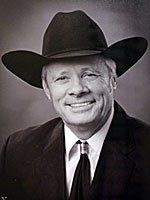
Kenney Fox: Belvidere (2009-2011)
During Kenny Fox's Presidency, there were two issues come to fruition that the SDSGA had worked on for many years with other organizations on the state and federal level. The first being MCOOL which became fully implemented into law in 2009 and as a result we began to see improvement in the cattle market immediately. The second issue was stopping the National Identification System (NAIS). The SDSGA Board Members and Officers attended many listening sessions sponsored by USDA/APHIS around the USA and one in particular was in Rapid City SD where over 400 cattle ranchers from all over the USA were in attendance opposing the NAIS. We forced USDA to throw out the NAIS which included the RFID ear tag mandate as the only official ID for cattle and to come up with a new rule called Animal Disease Traceability (ADT) for official ID for cattle that allowed for multiple forms of official ID such as the NUES silver metal clip tags and the orange metal clip bangs tags along with paper back tags, registered brands with brand inspection papers from a recognized brand inspection authority and breed registration tatoos which is still in effect as of today May 13, 2023.
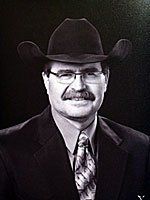
Shane Kolb: Meadow (2011-2013)
Need history copy
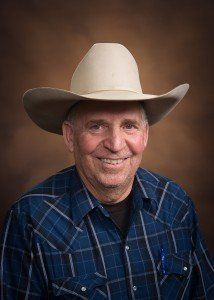
Bob Fortune: Belvidere (2013-2015)
Need history copy
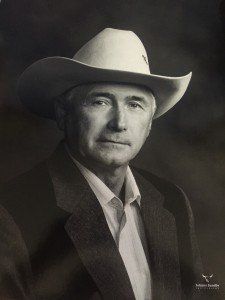
Bill Kluck: Mud Butte (2015-2017)
Bill Kluck started his livestock enterprise by selling 13 bum lambs, butchered and sold 400 rabbits to three grocery stores in 1962. Bill went to high school at Sturgis and received a degree in computer design and electrical theory in 1973. He first purchased land in Montana in 1976 where he raised sheep and feed calves. He also raised alfalfa seed and leaf-cutter bee. He served on the Montana Wool Growers as well as the Montana -Idaho Seed Growers. The 1980, price crashes forced him to sell his land and operation and start over again in South Dakota. Bill joined the South Dakota Stockgrowers Association 2002. Bill served many position within the organization. He served as president 2015-2017 and continues to be active on many committees including Property Rights and Sheep. He has worked tirelessly for many years researching property taxes and continues to work for the organization ten years later.
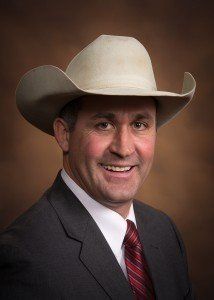
Gary Deering: Hereford (2017-2019)
Going into Deering’s presidency there was a great concern of declining revenue and membership within the organization. A major effort was put forth by Deering and the board. As reward for their effort, membership numbers went up over fifty percent. Along with the growth in members many new Associate members, and donors were secured and have remained partners with the Stockgrowers. Working with the NRCS, Deering and the board secured grant funding from USDA, which required the Stockgrowers to provide educational opportunities on range management to producers. The grant came as a relief to many board members who had been searching for something to help the organization remain in a positive cash flow position.
Since our organization’s beginning the Stockgrowers have been an active force in state and national lobbying efforts, and Deering’s time as Chairman was no exception. Deering worked with the brand board and implemented a state statute to allow brand inspection East of the Missouri River. Deering also helped author and pass a “fake” meat bill requiring retailers to label meat that does not come from livestock. Deering also spent time in Washington DC, meeting with USDA officials explaining the organization’s concerns over a proposed identification system. Although not all of the concerns were met, the USDA Undersecretary, Greg Ibach eventually agreed to have USDA pay for the tags, not require ranches to get a premises ID, and come to South Dakota and listen to our producers
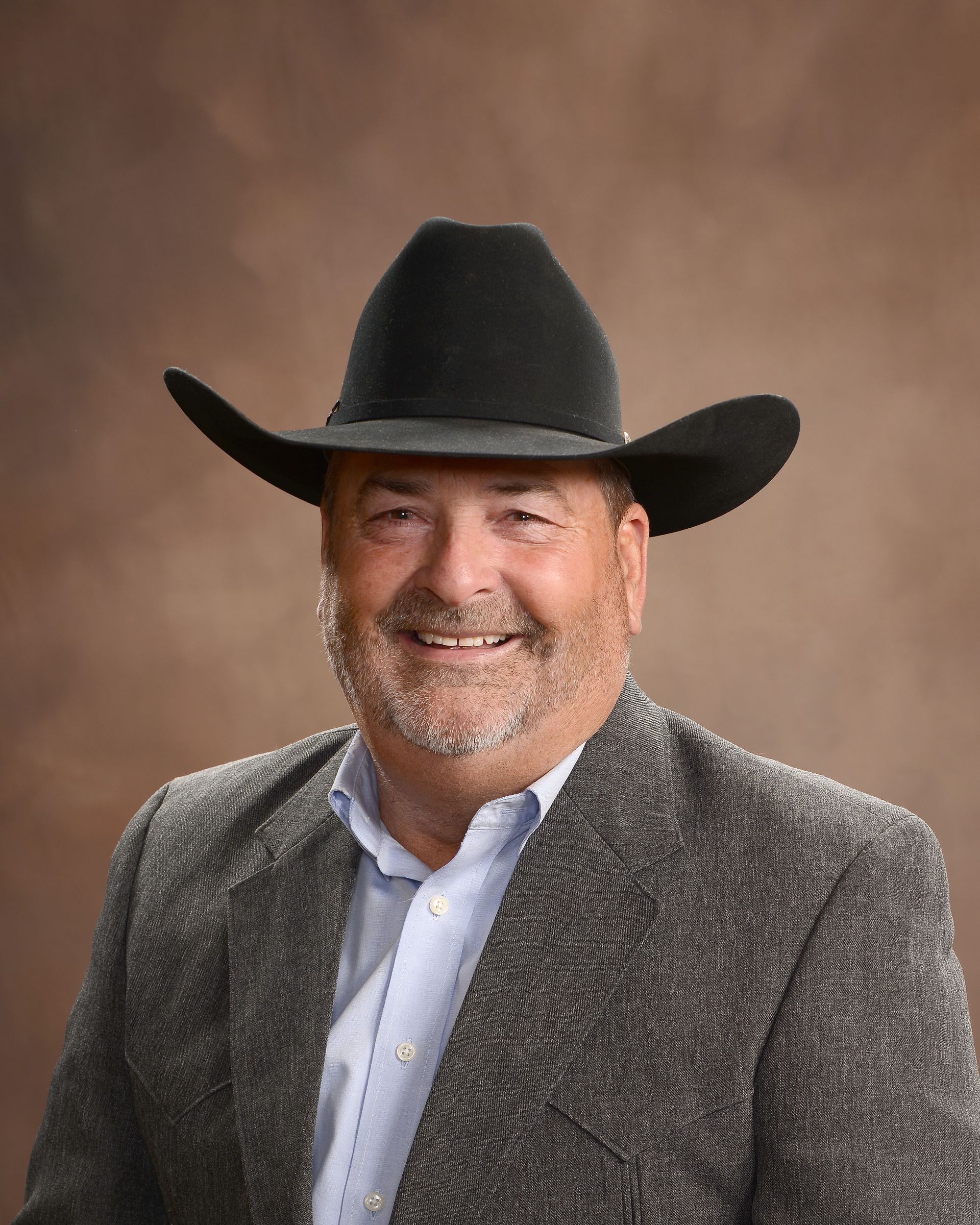
Scott Edoff: Hermosa (2019-2021)
Scott Edoff stepped into office the fall of 2019 encountering some of the same issues as previous
President’s with balancing the budget and issues surrounding repair of the Stockgrowers Building.
During legislative sessions Edoff continued leading the organization through legislation surrounding tax
assessment system, cattle market transparency, food security, mandatory RFID Tags and M-Cool. New to
the agenda was the 50/14 legislation that would foster efficient markets while increasing competition
and transparency among meat packers who purchase livestock directly from independent producers.
Under the disguise of conservation protection for the USDA administering a new ‘Land Acquisition
Program’ with the courtesy of the permanently funded ‘Land and Water Conservation Fund’ which had
$123 million a year budget to buy private land sprouted up in 2021 otherwise known as the 30/30 land
grab.
During Edoff’s term, the pandemic COVID (Coronavirus) was declared causing shut-downs of offices and
public venues. This took an immense toll on the SDSGA with membership, convention attendance and
face-to-face meetings resulting in another decline of memberships and funding. One of the efforts
President Edoff established was securing a raffle of the Silence Hydraulic Chute which was extremely
successful for the next few years regaining substantial income. Another addition for reaching out
throughout the pandemic was News Center One conducted interviews of directors and members
operations educating urban areas to understand the ranching way of life.
A project that remained at the heart of Edoff long after his Presidency term was the inception of
donating beef to the Club For Boys which has continued by others in the SDSGA. The Scott & Veronica
Edoff family donated a dry cow to a spot that was secured by Dennis & Gwen Zeller at Wall Meats. Ken
Charforus was gracious to process the animal free of charge with 500 pounds of hamburger delivered to
the Club For Boys freezer. It is known that as of 2023 SDSGA has donated 2000 pounds of beef since it’s
inception with the help of Trevor & Alexa Hatch, Tyler & Tiff Robertson, Rusty & Angela Lytle and Dean & Delia Johnson.
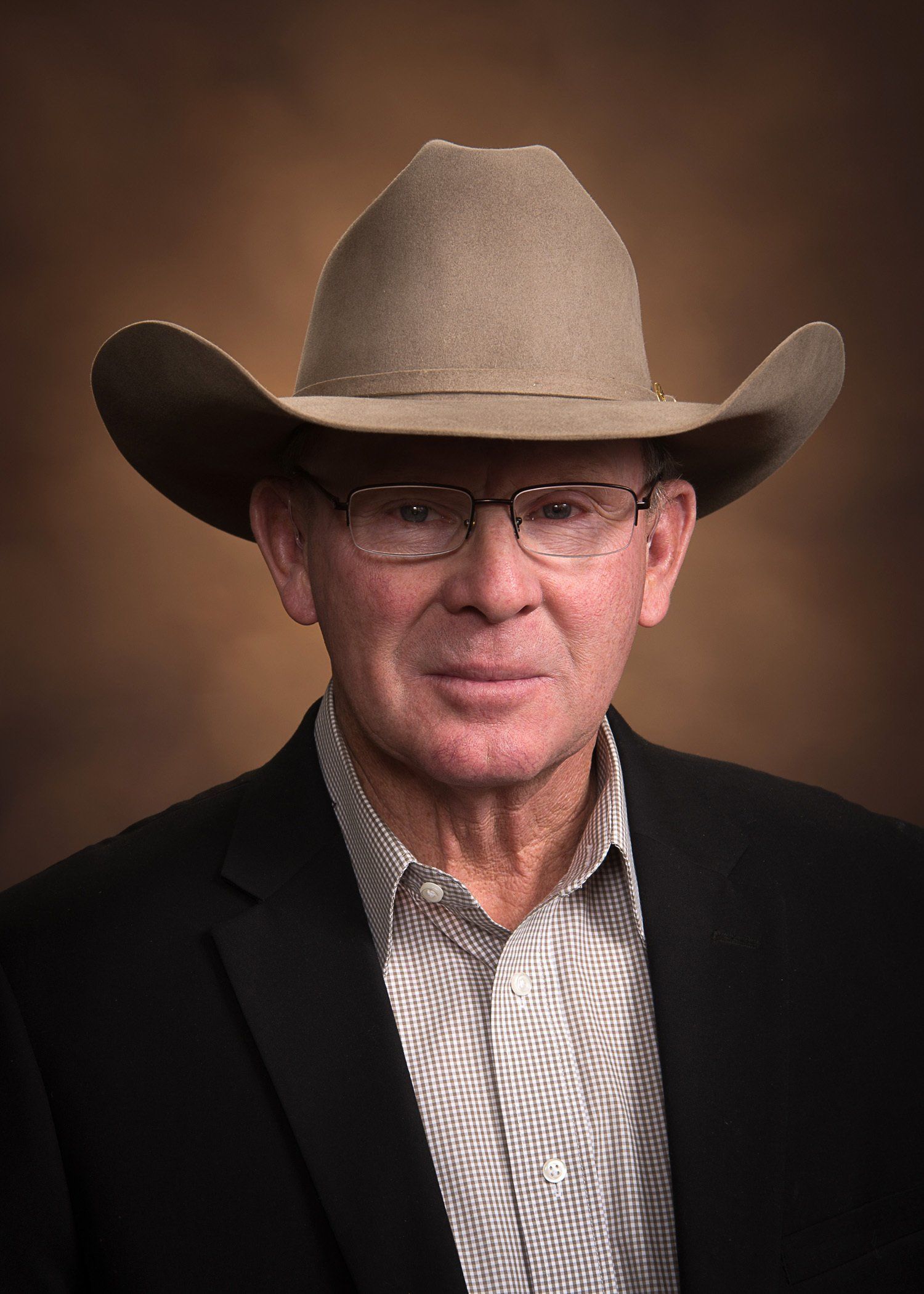
Vaugh Meyer: Reva (2021-2023)
Need history copy

